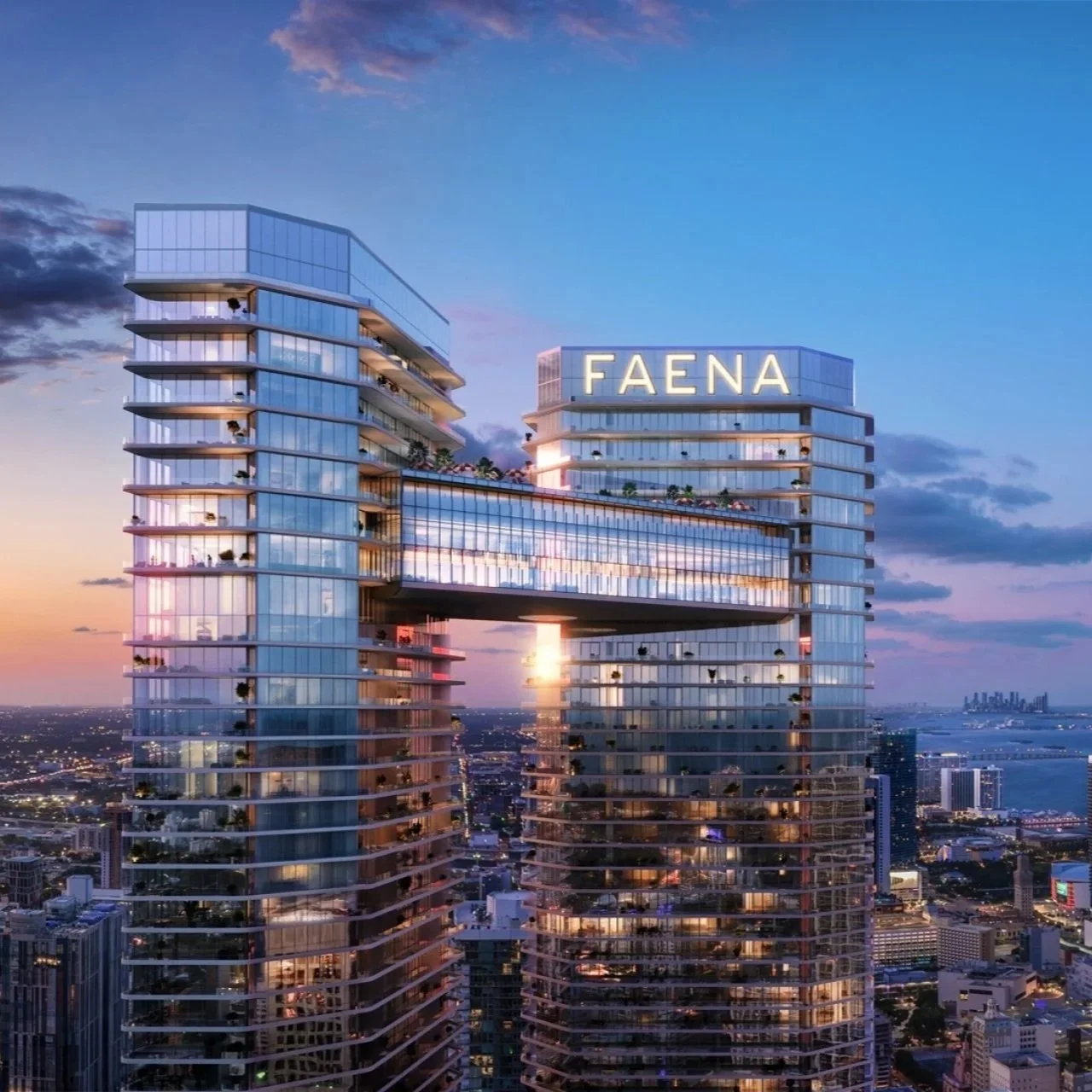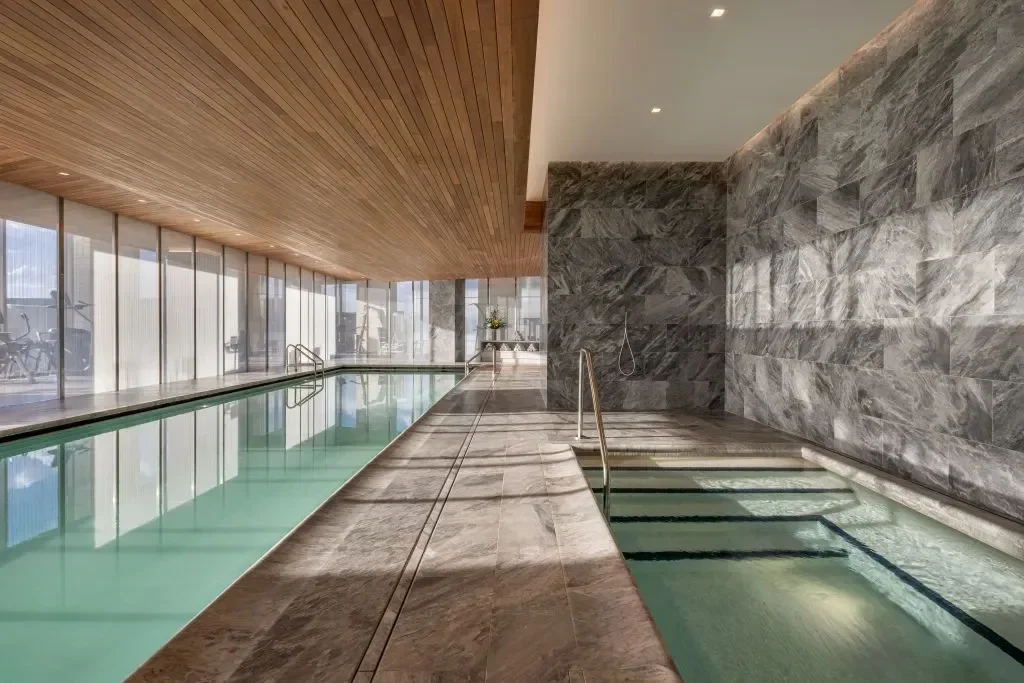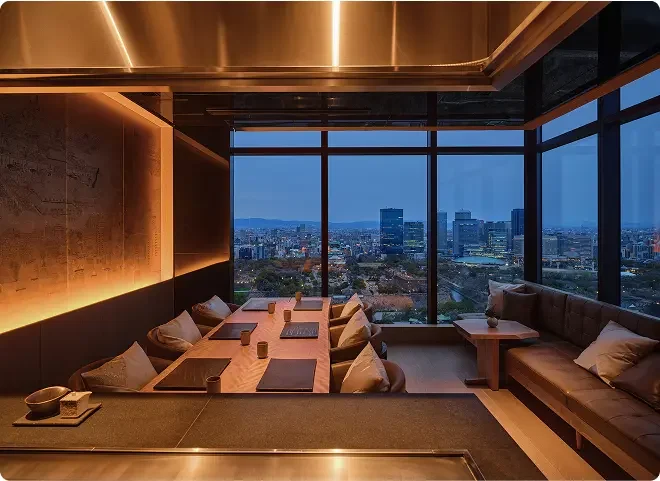Architectural Hotels of 2025: My Picks
A core element of creating a hotel that feels unique and memorable is its architecture. For me, it’s always one of the first things I notice when choosing where to stay. I love hotels that surprise me with niche design and style. In 2025, we’ve seen a wave of hotels that push beyond commodity, establishing themselves as benchmarks in architectural design.
These are some of my favourites that have opened (or are opening) this year:
Ciel Dubai Marina, UAE: Opening Late 2025
Architect & Structural Ambition
Designed by NORR Group under Yahya Jan, Ciel will rise 377 metres over 82 storeys, making it the world’s tallest hotel-only tower.
Design Vision
Yahya Jan has described Dubai’s design process as balancing creativity with strict numerical rules like setbacks and plot ratios.
Rob Burns, CEO of The First Group, stated:
“Standing at 377 meters, the all-hotel tower will redefine upper-upscale hospitality … blending innovation, luxury, and creativity through its striking design.”
1 Hotel, Copenhagen Denmark: Opened Summer 2025
Architectural Context & Design Approach
The brand’s debut in Denmark emphasises ecological urbanism, aligning with Copenhagen’s design culture. The project was delivered with local architects and sustainability consultants.
Interior & Material Layering
Locally sourced timber, recycled stone aggregates, and clay-based wall finishes form the core palette. Interiors are planted throughout and furnished with pieces referencing Scandinavian modernism , clean lines, tactile fabrics, and functional detailing.
The Lake Como EDITION, Italy: Opened September 2025
Architectural Context & Heritage Strategy
The hotel occupies the former Britannia Excelsior, a 19th-century palazzo in Cadenabbia. Façades and balconies are retained, while circulation has been reorganised to incorporate terraces, docks, and a floating pool that projects into Lake Como.
Interior & Material Layering
Materials include Calacatta marble, European white oak, and walnut joinery. Blue accents draw from the lake setting. Penthouses employ sculptural furniture and expanded glazing to secure uninterrupted views.
Faena New York, USA: Opened September 2025
Architectural Context & Structure
Faena New York is located in the One High Line East Tower in Chelsea, designed by Bjarke Ingels Group (BIG). The twisting towers are linked by bridges and clad in curtain wall glazing facing the Hudson River.
Interior & Material Layering
Faena’s in-house design team worked with Peter Mikic. The lobby, named The Cathedral, is clad in Carrara marble and curved plaster, with a large mural (The Sefirotic Journey by Diego Gravinese). Guestrooms feature hardwood floors, patterned textiles, and custom furniture.
Aman Nai Lert, Bangkok, Thailand: Opened 2025
Architectural Context
Situated within Nai Lert Park, one of Bangkok’s few remaining private green estates, the hotel is low-rise compared to its context, preserving views across the gardens.
Interior & Material Layering
Denniston, led by Jean-Michel Gathy, applied pale limestone, timber, and extensive glazing to open rooms into the park. Interiors follow a restrained palette with minimal detailing, prioritising spatial calm.
Patina Osaka Japan: Opened Summer 2025
Architectural Context
Across from Osaka Castle, Jun Mitsui & Associates with Strickland designed the 20-storey tower with a podium setback and landscaped entry. The glazed tower rises above to frame views toward the castle.
Interior & Material Layering
Japanese residential details inform the design: stone thresholds, tatami-style seating, and timber joinery are integrated into the hotel’s interiors. Public levels use panoramic glazing for castle views. An audio-centred lounge and listening room add cultural programming.
These openings show how 2025 has been a turning point for hotels using architecture as their identity. My personal favourites are Ciel Dubai Marina, Patina Osaka, and Aman Nai Lert Bangkok. Ciel for its scale and structural clarity, particularly the use of full-height glazing and recessed terraces; Patina Osaka for the way it integrates Japanese residential details such as timber joinery and tatami seating into a tower format; and Aman Bangkok for its restrained use of stone, timber, and landscaped views that bring calm into the city context.




















